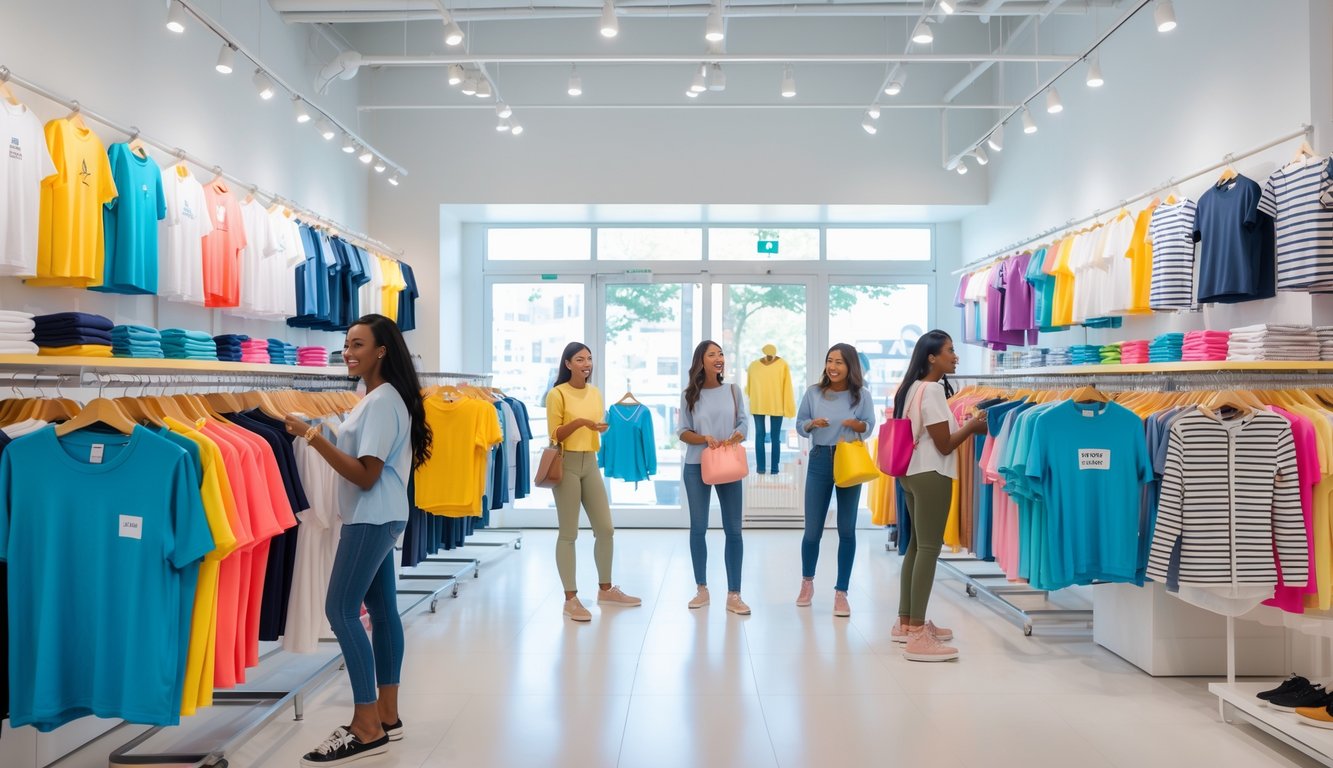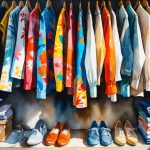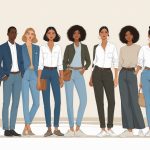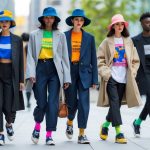
Influence of Menswear in Everyday Style
Why’s everyone ditching designer logos for whatever’s at the thrift store? I keep circling back—menswear barely hits the runway before it’s everywhere: chunkier, louder, and nobody cares about the label anymore. Classic New Balance drops sell out instantly, vintage sweatshirts cost a fortune on Depop, and I’m still confused how we got here.
Casual Trends in Men’s Fashion
Look, I can’t walk two blocks without tripping over someone in track pants and a boxy overshirt. Everyone’s wearing baggy cargos like they just raided their uncle’s closet—or maybe I’m just old now? I read somewhere (probably in a group chat, let’s be honest) that nobody even checks labels anymore, and honestly, I believe it. The only real flex is acting like you don’t care, but then you catch the guy in an “accidentally” perfect utility jacket and, come on, he’s trying. It’s like a contest to see who can look the most casual while still obviously thinking about it. Not my thing, but GQ’s numbers back it up: apparently, 60% of guys say comfort and layering beat out brand. Sixty percent! Wild.
Streetwear’s supposed to be about sneakers, right? Except now it’s more about whatever you pulled out of the laundry that still sort of works. I’m not even sure anyone remembers where half this stuff came from.
Men’s Footwear, Sneakers, and Bold Colors
I tried to buy sneakers on StockX at 6 a.m. once—total disaster, bots ate my lunch. But get this: New Balance is outselling Gucci on resale sites. I’ve seen people line up for hours just to get a shot at gray 990s. Not even for clout, just for that “I didn’t try but I did” vibe.
And then, out of nowhere, everyone’s into wild colors. Fluoro orange, turquoise socks, lilac drawstrings—like, are we all in a cartoon now? Social media’s probably to blame, honestly. The more chaotic the color-blocking, the more likely it’s trending by noon. I saw something saying a third of this spring’s bestsellers were either super bright or so mismatched they broke the algorithm. Dermatologists keep yelling about sun protection, but nobody cares as long as their windbreaker’s neon. It’s not even one trend at a time anymore. Everything’s happening at once, and I don’t know how anyone’s supposed to keep up.
Quiet Luxury and the ‘New Luxury’ Movement
Remember when everyone lost their minds over giant logos? Yeah, now it’s all about “quiet luxury.” The price tags went up, the logos disappeared, and suddenly my friends are arguing about which cashmere socks are “worth it.” I don’t get it. But apparently, minimalist bags are outsearching flashy ones by 60% this year, and The Row keeps popping up like a bad penny. Who decided Mary-Kate and Ashley Olsen were the new standard-bearers for “real” quality? I mean, if your jacket doesn’t scream, people want it more. Except for that one guy who still loves monograms.
Loro Piana—don’t ask me why a coat costs €25,000, but apparently, it’s an “investment.” I scroll and see rich kids wearing nothing with a logo, and everyone just knows it’s expensive. Minimalism, but somehow it feels like shopping addiction in beige. I started buying pricier plain shirts too, but half the time I just want a hoodie that fits and doesn’t make a scene.
New Luxury Brands Gaining Momentum
Fear of God Essentials is everywhere. I can’t escape those sweats. They used to be gym clothes, now they’re “fashion insider essentials.” Jerry Lorenzo talks about authenticity, but I’m more interested in Bode—those quilted jackets and embroidery are everywhere right now. A stylist told me she’s stockpiling Bode because she thinks it’ll be “vintage gold” in a few years. Maybe? I don’t know, she’s definitely spent enough to find out.
Executives, especially in tech (I saw a report on this, don’t ask me where), are ditching big-name bags for “new luxury” brands. The Row, Loro Piana—there’s actual data showing interest in “quiet luxury” jumped in Q1 2025, while searches for logos tanked. Even department stores are rearranging displays for muted colors and boxy pants. I’d say it’s a phase, but who knows? Maybe next week it’s peacock prints again.
The Role of Vintage Shopping and Sustainable Choices
I never thought a $15 Levi’s jacket would be more popular than a luxury bag, but my group chat is obsessed. People want clothes with a story now, not just a look. Sustainability’s suddenly cool—vintage shops, old plaid shirts, whatever’s under $40 and has a past. It’s weird how much that matters now.
Growing Popularity of Vintage and Pre-Owned Styles
Last week, I watched coworkers fight over a secondhand Carhartt vest at lunch. Nobody cared that it was used. Blue Line Style says people are bored of fast fashion and want something unique. Thrift racks are hot for stories and deals, not nostalgia. Designer brands get lost behind piles of ‘70s denim and old boots. Three months ago, my Instagram was nothing but new labels. Now, vintage shopping is the only way anyone feels “original.” Or at least not like they’re wasting $200 on something that’ll fall apart after two washes (polyester, I’m looking at you).
Now stores are tagging upcycled scarves and patchwork corduroy as “exclusive.” I overheard a clerk say the fun is not knowing what you’ll find—like that Ganni top my friend bought for $9, except it turned out to be a JCPenney reject. Didn’t matter, she still wore it more than the real thing.
Sustainability and Consumer Consciousness
This isn’t just about quirky looks. Environmental stuff actually matters. The Chicago Journal pointed out that buying pre-owned skips landfill waste and saves resources. Supposedly, making clothes is worse for the climate than flying, which feels dramatic, but okay, I’ll believe it.
Nobody’s just saying “eco” to sound good. My dermatologist claims recycled cotton shirts don’t irritate her skin like new ones. Plus, upcycled fashion saves water and cuts waste, and racks of used Uniqlo basics beat out six new fast-fashion tees, even with a BBQ stain. No one at the resale shop asks if I’m “shopping sustainably”—who would? But the less-is-more idea makes sense when vintage stuff lasts longer than trends. High-end brands try to act “durable,” but vintage already is. Sometimes, honestly, I’d rather deal with a little mothball smell than regret a bad buy.



